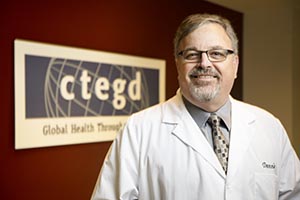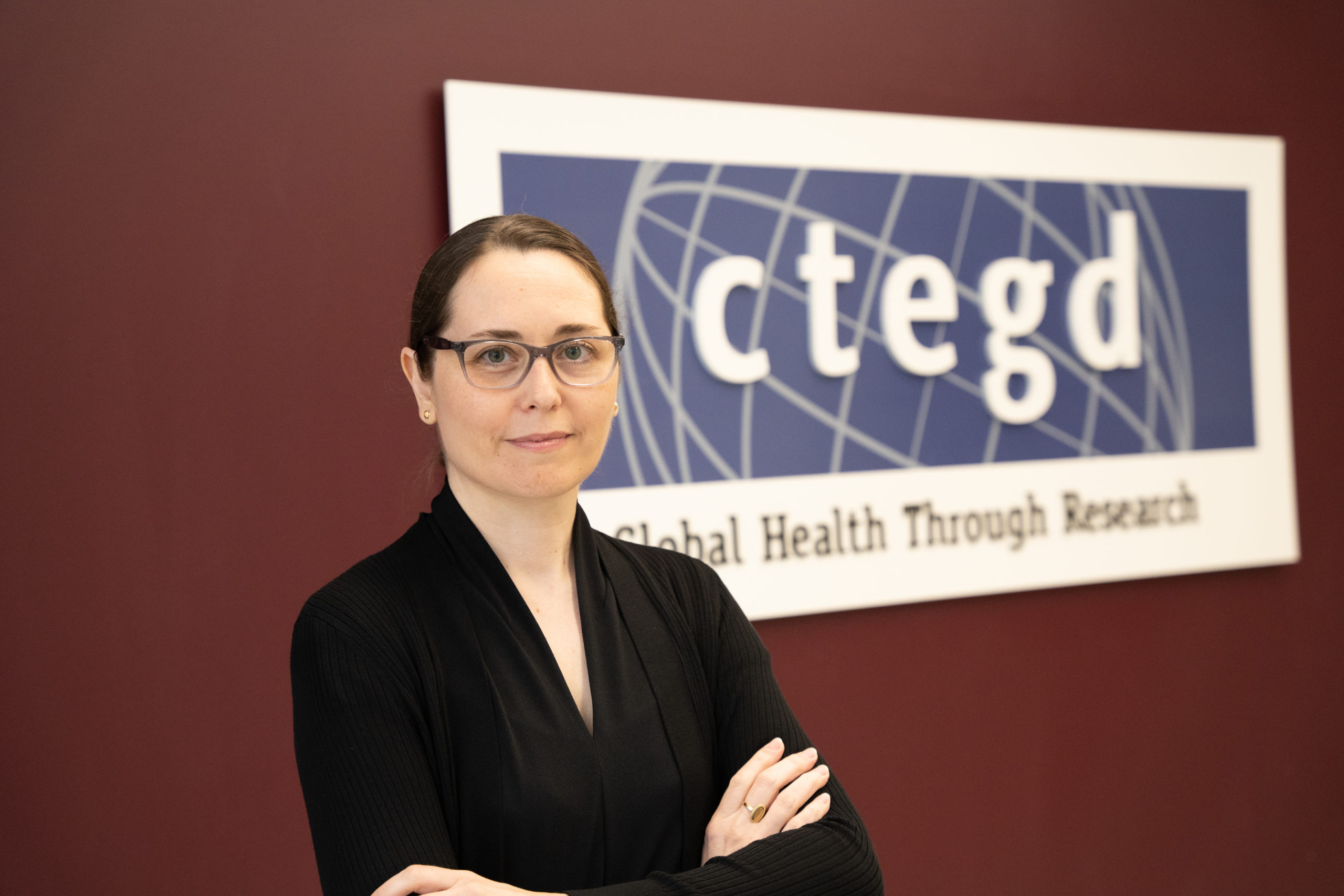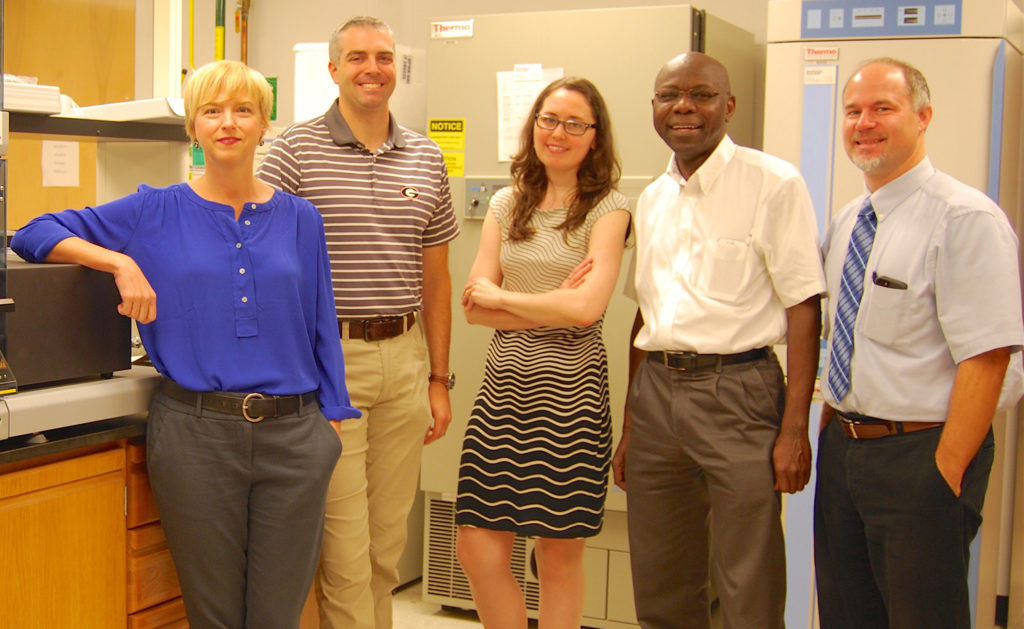Probing the distinct chemosensitivity of Plasmodium vivax liver stage parasites and demonstration of 8-aminoquinoline radical cure activity in vitro
Improved control of Plasmodium vivax malaria can be achieved with the discovery of new antimalarials with radical cure efficacy, including prevention of relapse caused by hypnozoites residing in the liver of patients. We screened several compound libraries against P. vivax liver stages, including 1565 compounds against mature hypnozoites, resulting in one drug-like and several probe-like hits useful for investigating hypnozoite biology. Primaquine and tafenoquine, administered in combination with chloroquine, are currently the only FDA-approved antimalarials for radical cure, yet their activity against mature P. vivax hypnozoites has not yet been demonstrated in vitro. By developing an extended assay, we show both drugs are individually hypnozonticidal and made more potent when partnered with chloroquine, similar to clinically relevant combinations. Post-hoc analyses of screening data revealed excellent performance of ionophore controls and the high quality of single point assays, demonstrating a platform able to support screening of greater compound numbers. A comparison of P. vivax liver stage activity data with that of the P. cynomolgi blood, P. falciparum blood, and P. berghei liver stages reveals overlap in schizonticidal but not hypnozonticidal activity, indicating that the delivery of new radical curative agents killing P. vivax hypnozoites requires an independent and focused drug development test cascade.
Steven P. Maher, Amélie Vantaux, Victor Chaumeau, Adeline C. Y. Chua, Caitlin A. Cooper, Chiara Andolina, Julie Péneau, Mélanie Rouillier, Zaira Rizopoulos, Sivchheng Phal, Eakpor Piv, Chantrea Vong, Sreyvouch Phen, Chansophea Chhin, Baura Tat, Sivkeng Ouk, Bros Doeurk, Saorin Kim, Sangrawee Suriyakan, Praphan Kittiphanakun, Nana Akua Awuku, Amy J. Conway, Rays H. Y. Jiang, Bruce Russell, Pablo Bifani, Brice Campo, François Nosten, Benoît Witkowski & Dennis E. Kyle. Sci Rep 11, 19905 (2021). https://doi.org/10.1038/s41598-021-99152-9








